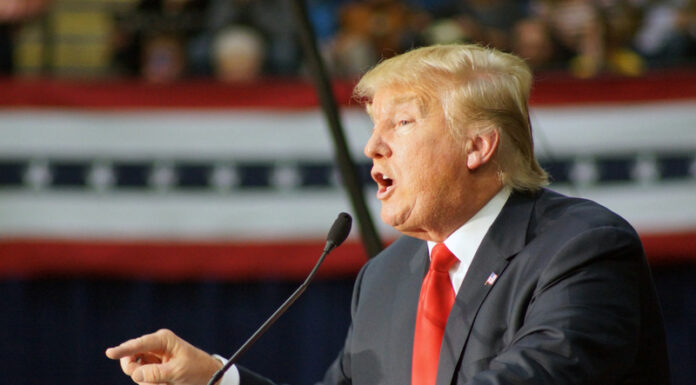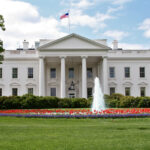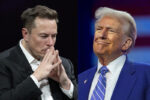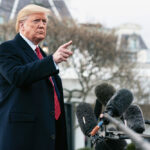On April 9, 2025, President Donald Trump addressed the media in the Oval Office, posing the rhetorical question, “How do you get to be president and you’re stupid?” This remark was part of his effort to redirect responsibility for the United States’ economic issues from China, which faces a 125% tariff from the U.S., to his predecessors. Critics quickly seized upon the irony, emphasizing the contradiction in his statement.
Social media users quickly reacted. One person commented, “We’ve been wondering this since 2016, Donald.” Another added, “The question on all our minds these days.” These comments reflect a broader public sentiment questioning the president’s awareness in making such a statement.
President Trump’s comments came amid significant economic turbulence. On April 2, he announced substantial tariffs on foreign goods, which caused a sharp decline in the U.S. stock market and drew bipartisan criticism. The European Union responded with a 25% retaliatory tariff on U.S. goods, and China increased tariffs on American products to 84%. In response, Trump initiated a 90-day pause on tariffs for most nations, except China, which saw import taxes raised to 125%. Despite the market’s volatility, the president remained confident in his strategy.
The business community had varied reactions to the tariff pause. Billionaire investor Bill Ackman viewed the move as a strategic negotiation tactic aimed at China. Conversely, economist Diane Swonk warned that the effective tariff rate had increased due to specific duties on Chinese imports, reaching 30.5%. Hedge fund founder Spencer Hakimian criticized the administration’s inconsistent trade policy, highlighting the uncertainty it introduced into the market. These mixed reactions underscore the complexities of the administration’s trade strategies.
Late-night television hosts also commented on the developments. Jimmy Kimmel likened the president’s economic maneuvers to a reckless gambler, stating that Trump “drove the economy into a sand trap and took a mulligan.”
Seth Meyers pointed out the administration’s inconsistency, noting that officials had denied any tariff pause was under consideration just a day before.
Stephen Colbert mocked the unpredictability of Trump’s policies, suggesting that the president had averted a self-inflicted crisis by reversing his own decision. These critiques reflect broader concerns about the administration’s handling of economic policies.
In the financial sector, the president’s tariff announcements led to significant market fluctuations. The Dow Jones Industrial Average experienced historic volatility, with a record-breaking rally followed by a sharp decline. On April 9, the Dow surged nearly 8% after the announcement of the tariff pause, only to plummet over 2,000 points the following day. Analysts attributed this instability to ongoing uncertainty surrounding U.S. trade policies and their potential impact on the global economy. Economists warned that such volatility could have long-term repercussions for investor confidence and economic growth.
Internationally, the tariff pause prompted varied responses. The European Union viewed the suspension as an opportunity for negotiation, temporarily halting its retaliatory measures while preparing contingency plans. China, however, remained excluded from the reprieve, with increased tariffs further straining U.S.-China trade relations.
Global leaders questioned the strategic direction of U.S. trade policy, expressing concerns about the potential for prolonged economic uncertainty. The international community’s reactions highlight the complex dynamics at play in global trade negotiations.
Domestically, political figures voiced their perspectives on the tariff developments. Republican leaders largely supported the president’s actions, emphasizing the need to address trade imbalances. Speaker of the House Mike Johnson expressed confidence that, despite initial difficulties, the policy would ultimately benefit Americans.
In contrast, Democratic leaders criticized the tariffs as a tax on consumers, arguing that they would not effectively rebuild American manufacturing or support working families.
These contrasting viewpoints underscore the partisan divide on trade policy approaches. As the administration navigates these economic challenges, the president’s remarks and policy decisions continue to draw scrutiny from both domestic and international observers.








